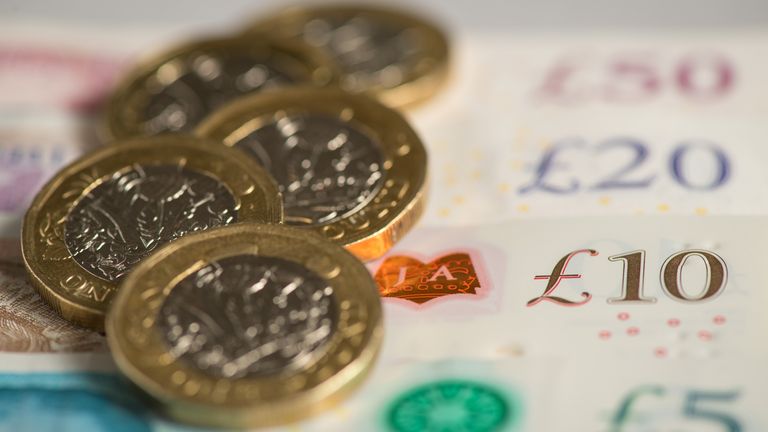TV presenter Kate Garraway has been widely praised for highlighting the financial strain of funding care for a loved one, even for families considered wealthy.
Speaking on ITV’s Good Morning Britain this week, Ms Garraway revealed that she had used a lump sum from her pension to meet “belated bills” she accumulated while caring for her husband Derek Draper, who died of Covid in January this year after a long health battle.
It appears she took money out of her pension but was careful not to breach the tax-free lump sum limit – which tax experts say was a smart move as it leaves an opportunity to rebuild her pension savings in time to fund her own retirement. If she had broken the tax-free limit, her future contributions would have been significantly restricted.

Helen Morrissey, of Hargreaves Lansdown, said: “In an ideal world, you would leave your pension invested and not need to access it until you retire, but life brings challenges you just can’t plan for.
“Healthcare bills can crop up unexpectedly and grow quickly and if you don’t have savings elsewhere and you are over the age of 55, then accessing your pension might be a tough but necessary decision to meet these demands.
“If only the tax-free cash element has been taken then you should be able to rebuild your pension using your full annual allowance when things get a bit easier.”
Becky O’Connor, of PensionBee, added: “In your late fifties and early sixties, presuming you are in good health, there’s plenty of time to keep working, earning and paying into a pension even after you have started to access it.”
Savers who reach retirement age, currently 55 but rising to 57 in April 2028, are usually entitled to take up to 25pc of their pot tax-free as a lump sum. The rest of their pension can then be left to grow, meaning it could be worth even more when it’s eventually taken.
Savers can also pay the lower of £60,000 or their annual salary into a pension each year and benefit from tax relief of up to 45pc depending on their tax bracket, as well as carrying over any unused allowance from the previous three years.
This annual allowance is not affected by taking a tax-free lump sum of 25pc, meaning Ms Garraway can keep making substantial contributions.
However, since George Osborne’s pension freedoms legislation in 2015, people can now take a lump sum of anything up to the full amount of their pot, with income tax payable on 75pc of the amount.
But once they access any pension “flexibly”, using the pension freedoms, including taking a lump sum larger than 25pc, they will trigger the “money purchase annual allowance”.
This immediately reduces the amount they can contribute across all of their pensions to just £10,000 before facing tax charges. It also removes the right to carry over previous years’ allowances, severely hampering their ability to replenish a pot – and leaving them at risk of running out of money in retirement.
£10,000 might seem like a lot to put into a pension, but remember that figure is “gross”, meaning it encompasses your contribution, an employer contribution as well as tax relief.
Clare Moffat, of Royal London, said: “It might seem tempting to take all of the tax-free cash you are entitled to as soon as you can, but planning for the future when you won’t be working is important too.
“In some situations, it’s a good idea perhaps to pay off the mortgage or another specific purchase. But taking more tax-free cash than is needed isn’t good planning for many.
“It’s also worth taking into consideration that people on average are living for longer than ever before and it’s important that you build up sufficient savings to achieve a secure later life. You don’t want to create a situation where you no longer have a choice and have to work because you have insufficient retirement savings.”
However, there is a loophole for smaller pension pots that savers also have available if they do need to access money quickly.
Ms Morrisey added: “If you have several small pensions worth £10,000 or less, then you might be able to take these without triggering the money purchase annual allowance.
“You can use this option three times if you have personal pensions, but if you have workplace pensions the limit can be different so you will need to check with your provider.”
Did you take a lump sum from your pension in your 50s? We’re looking for readers to tell us how they spent it for a new regular feature. Email rob.white@telegraph.co.uk if you’re interested in taking part.
Disclaimer: The copyright of this article belongs to the original author. Reposting this article is solely for the purpose of information dissemination and does not constitute any investment advice. If there is any infringement, please contact us immediately. We will make corrections or deletions as necessary. Thank you.



